Guided Imagery for Serenity: Your Everyday Path to Calm
What Guided Imagery for Serenity Really Means
Guided imagery for serenity uses focused, sensory-rich mental pictures to signal safety to the nervous system. By imagining calm scenes with detail and intention, your body often follows with slower breathing, softer muscles, and a steadier heartbeat. Try it now: close your eyes and picture a place that feels kind to you, then linger on the colors, textures, and sounds.
What Guided Imagery for Serenity Really Means
Relaxation often feels like a temporary exhale; serenity is a stable home base you can return to on cue. Guided imagery for serenity builds that base by training attention to dwell in supportive scenes, not just flee stress. Share in the comments: what image feels like true steadiness to you, beyond a quick sigh of relief?
What Guided Imagery for Serenity Really Means
A reader told us she imagines a small harbor each morning on the crowded train. She watches a lighthouse glow, counts five soft breaths, and notices her shoulders drop. The commute stays the same, but she arrives grounded. If that resonates, subscribe and tell us what beacon you picture when the day begins.
How to Begin: A Simple, Repeatable Practice
Set Your Scene
Choose a quiet spot or use headphones to create a private pocket of stillness. Sit comfortably, close your eyes if it feels safe, and decide on one soothing scene. Commit to two to five minutes, not perfection. A small, consistent practice plants roots deeper than occasional long sessions.
Anchor With Breath
Begin with four slow breaths, counting in for four and out for six. Let your exhale feel like a tiny release valve. As you breathe, invite your scene to appear: light, color, temperature, scent. If your mind wanders, gently return to one sensory detail, and then the breath.
Transition and Return
When you finish, open your eyes gently, stretch your fingers, and name one word that captures your felt sense, like ‘steady’ or ‘soft.’ Jot a quick note in your phone. This transition ritual trains your brain to associate guided imagery for serenity with a clear, satisfying completion.

Imagery activates neural pathways similar to real experience, nudging the parasympathetic nervous system to step forward. As attention rests on safe, coherent scenes, muscle tension often reduces and heart rate steadies. This mind-body dialogue helps establish a feedback loop where imagined calm becomes felt calm.
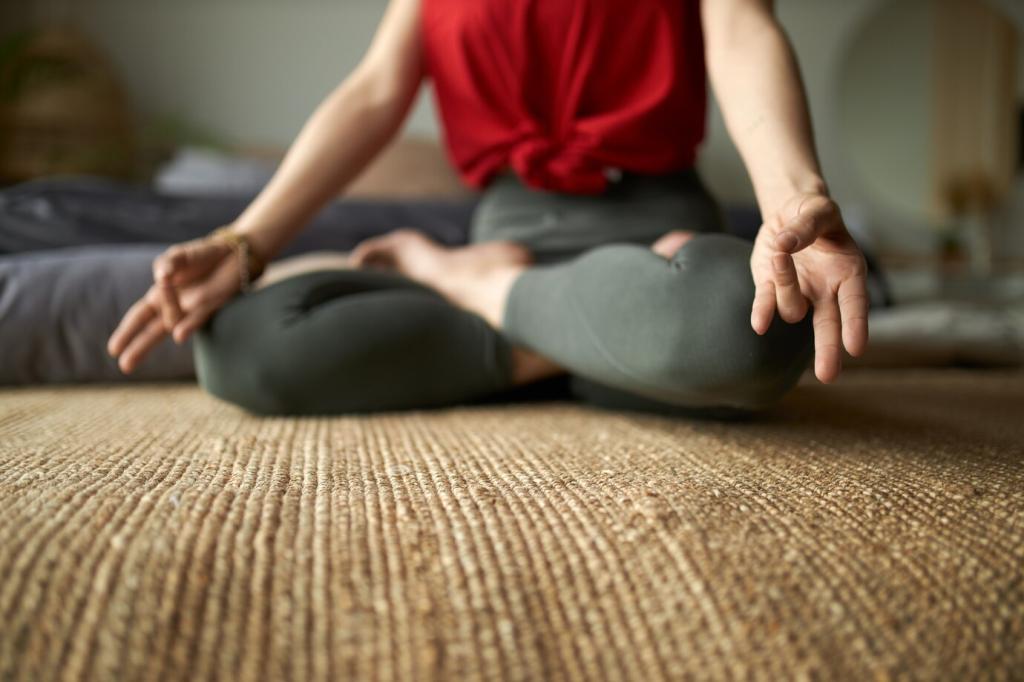
Studies suggest guided imagery may lower perceived stress and support heart rate variability, a marker of resilience. By dialing down threat signals, cortisol output can become more balanced. Over time, these small physiological shifts add up, making serenity easier to access during everyday challenges.
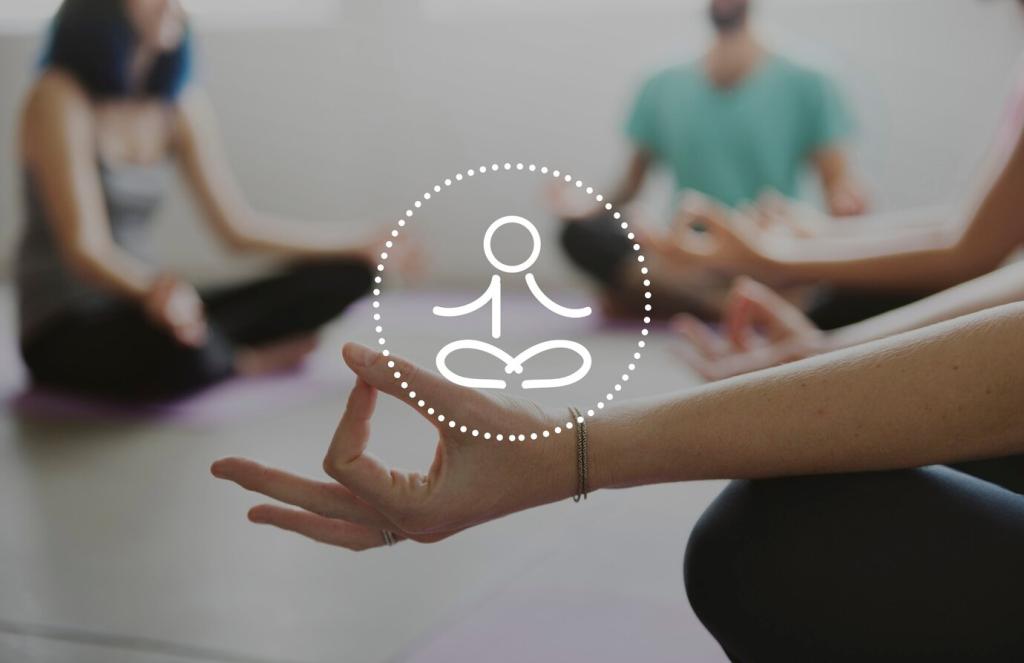
Even if you feel unsure, imagine testing a flashlight in a dark room. You do not need to believe in light for illumination to happen. Try ten calm minutes, five days in a row. Track your sleep or mood, and let results, not expectations, teach you how guided imagery for serenity works for you.
Design Your Personal Sanctuary
Picture a lakeshore at dusk, a warm desert after sunset, or a forest filtered with gold morning light. Let wind brush your skin, hear water lap or leaves breathe. Guided imagery for serenity deepens when the natural world feels intimate, as if it chose you back.
Design Your Personal Sanctuary
Your kitchen before dawn, the library’s quiet aisles, a sunlit bus stop can all be sanctuaries. Add gentle details: a steaming mug, the smell of paper, a patch of window light. Familiar places, seen kindly, anchor serenity where you already live.
Design Your Personal Sanctuary
Name five senses in your scene: color gradients, soft textures, subtle echoes, a comforting scent, the taste of mint or honeyed tea. Specificity turns vague calm into embodied serenity. Share your favorite sensory detail with our community to spark someone else’s peaceful picture.
Try These Short Guided Imagery Scripts
The Gentle Lake
Close your eyes and sit by a clear lake. The surface mirrors a quiet sky; ripples move like slow breathing. Trace a pebble’s weight in your hand, warm from sun. With each exhale, let a ripple carry one worry outward, until the water becomes a softly humming stillness.
Sunlit Forest Path
Step onto a path stitched with light. Pine and earth scent the air. Your footsteps are soft, steady, sure. Birds thread song through branches, and a breeze pauses to greet your face. With every few steps, say silently: I am here, I am safe, I am serene.
Warm Cup of Calm
Hold a cup between your palms. Feel the gentle heat, inhale a delicate fragrance. As you sip, imagine warmth traveling from throat to chest, shoulders to hands. Let each sip mark an exhale, and with it, release. When finished, press the cup to your heart and thank the moment.
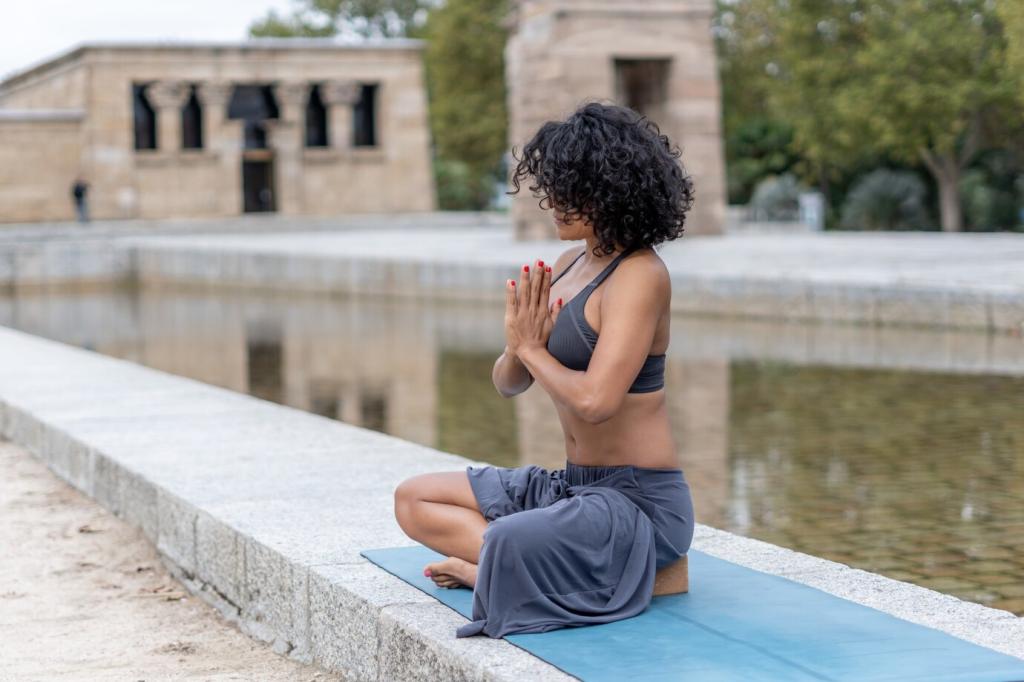
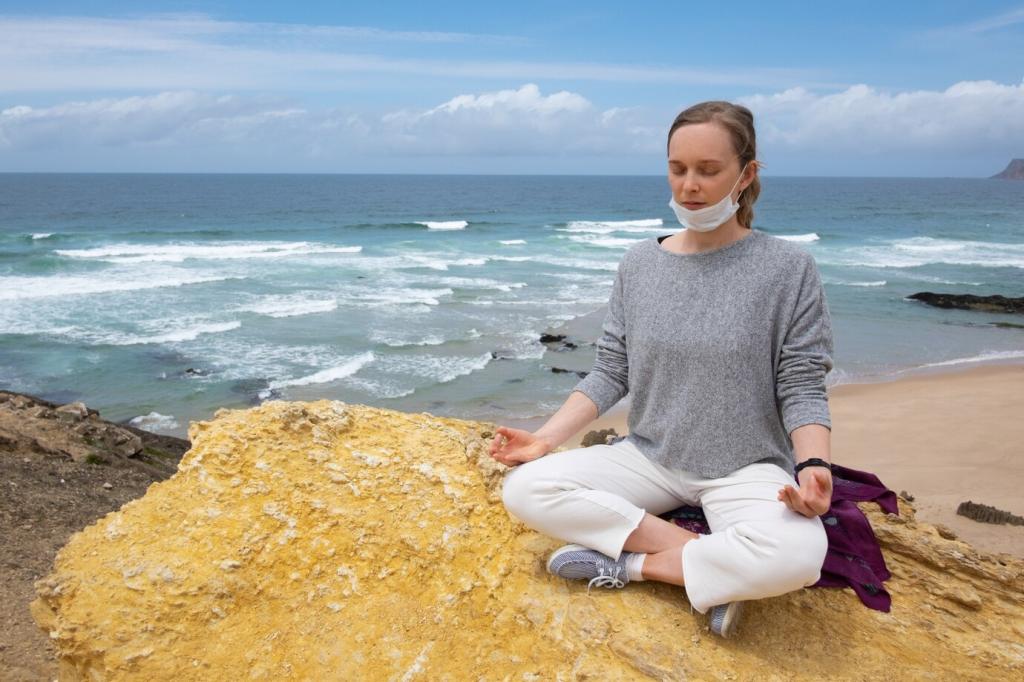
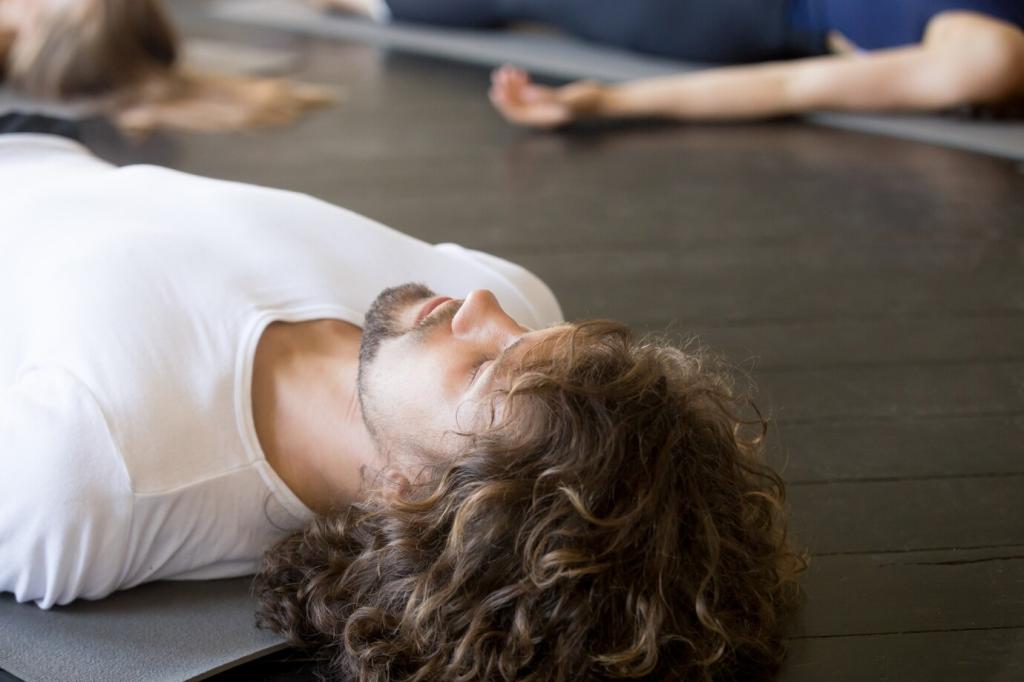
Share Your Scene
Post a few lines describing your calm image and why it helps. Your story might be the exact doorway someone needs today. Comment below or send us a note, and let’s collect a gallery of serenity that belongs to everyone here.
Track Your Calm
Keep a simple log: date, scene, minutes, felt sense score from one to ten. Patterns will emerge, guiding you toward imagery that reliably steadies you. When you notice progress, celebrate it. Subscribe to receive printable trackers and prompts that keep momentum gentle and steady.
